
Taking Africa to its Energy Future
Africa is ready to provide enough energy to achieve the most ambitious of goals, and it can do it while maintaining all environmental targets.
We believe careful planning of power systems towards more sustainable and diversified energy supply portfolios can save billions and rapidly reduce CO2 emissions. We create value through our extensive power system knowledge and experience from integrating different generating assets.
On this page, you may find our best materials and proceedings in energising and decarbonising the continent of Africa.
References in Africa
of engine power plant capacity installed
African countries with active customers
Wärtsilä engines installed across the continent
customers across the continent
Wärtsilä's industry firsts in Africa
With more than 650 employees and service hubs located in Kenya, South Africa, Nigeria and Senegal, Wärtsilä is proud to have contributed to many industry firsts. These include Africa’s largest gas engine power plant on the Kribi coast of Cameroon with 216MW capacity, as well as Africa’s highest installation, the 175 MW power plant in Sasolburg, South Africa, sitting at 1,700 meters above sea level.
Another first, the KivuWatt power plant in Rwanda, is the first ever power plant to use the naturally occurring methane from lake Kivu to generate electricity and reduce the environmental risks associated with such high concentrations of gas. Today’s power output is 25 MW but future planned expansions to this project will increase capacity by an additional 75 MW.
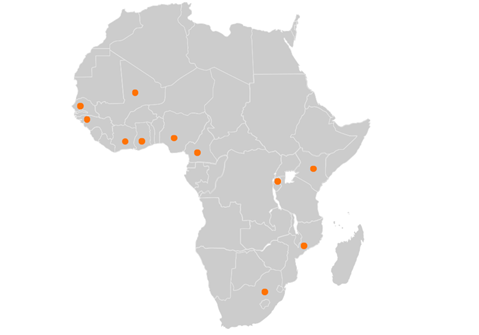
Our references from across the continent
Recent Country White Papers
Opinions
Africa related videos
Articles
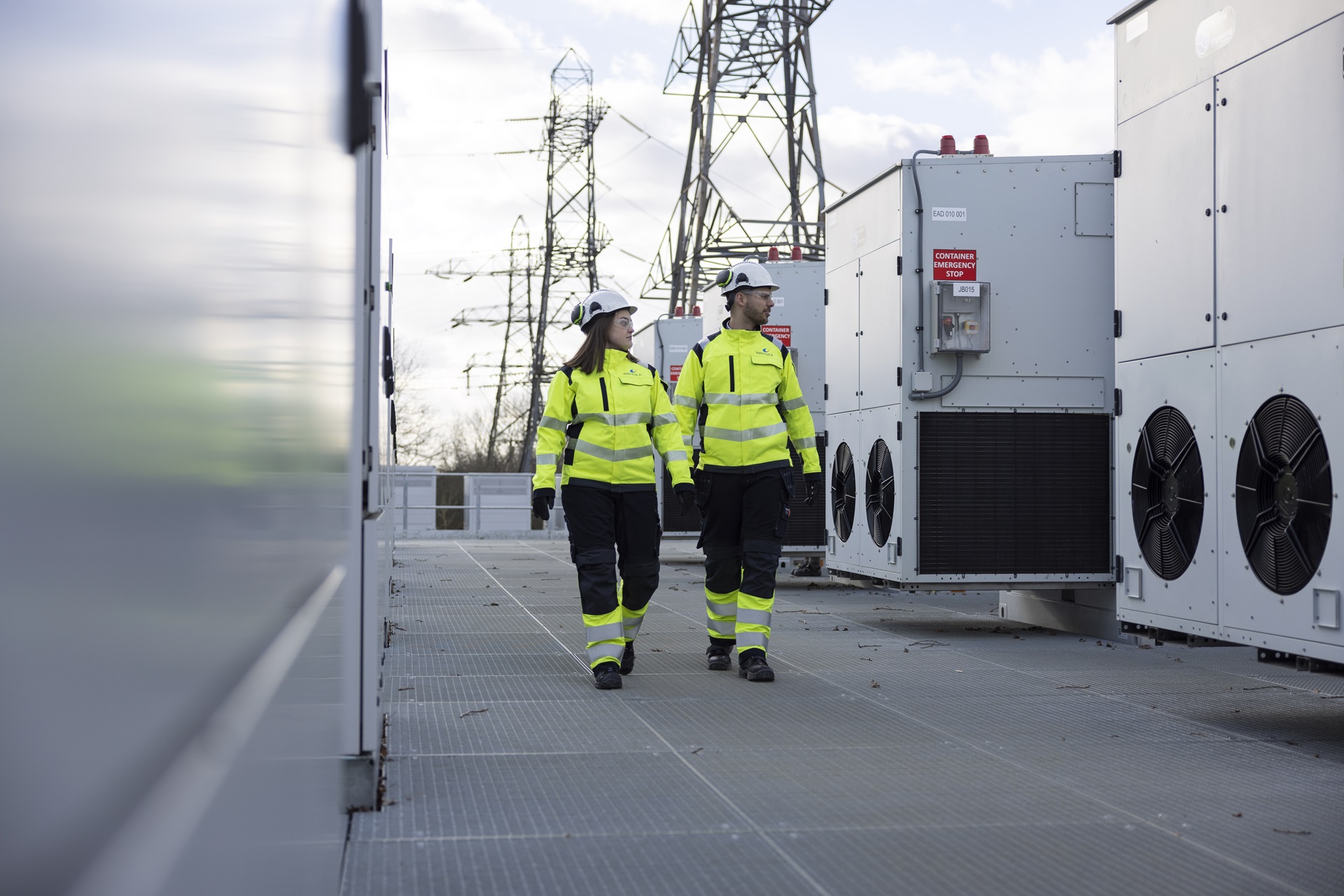
Recent press releases
Wärtsilä’s report demonstrates extensive benefits of co-optimising Poland’s power and heat sectors
Technology group Wärtsilä has developed a pragmatic and cost-effective strategy for Poland to transition from coal-dominated power and district heating (DH) systems to an energy system that runs mainly on renewables. In the new report, the modelling shows that the co-optimisation of Poland's power and DH sectors over the next decade could save a cumulative €3.8 billion and reduce annual CO2 emissions in the power and DH sectors by 57% by 2032, despite the expected growth in electricity demand.
The report titled “Powering Poland’s Future: Optimising the Power System and District Heating for the Next Decade”, addresses Poland’s specific challenges related to the decarbonisation of its aged and inefficient coal-powered DH systems.
“Decarbonisation of district heating is technologically more difficult than of the power system. Wärtsilä’s study shows the path to decarbonisation by highlighting the importance of establishing flexible generating assets within DH systems. The deployment of heat pumps and Combined Heat and Power (CHP) gas engines has a pivotal role in balancing intermittent renewable generation,” says Louis Strydom, Director, Growth and Development at Wärtsilä Energy.
In the Polish power sector, the investments so far have mainly focused on large combined cycle gas turbine plants, overlooking the potential of coupling the power and DH sectors. Wärtsilä’s modelling results show that by co-optimising these sectors, Poland can reach several economic and energy milestones over the next decade. These include increase of the renewable energy share from 29% in 2023 to 68% in 2032 and reduction of the coal share in power production from 61% to 26% and in heat production from 80% to 8% by 2032.
“Despite inherent challenges, the future is bright for Poland’s power and DH systems. Our study shows that the knowledge and technology for optimising these sectors exist, offering myriad socio-economic opportunities along the way. The co-optimisation guarantees not only a more sustainable and efficient energy mix but also the most cost-effective transition pathway. Wärtsilä has the capabilities and experience to support Poland in its energy transition,” comments Louis Strydom.
Wärtsilä has modelled and analysed nearly 200 power systems to identify optimal system design to support integration of renewables and reduce operational costs and emissions.
You can read the full version of the study here: Powering Poland’s Future: Optimising the Power System and District Heating for the Next Decade
Media contact for more information on this release:
Katri Pehkonen
Communications Manager
Wärtsilä Energy
Mob: +358 50 591 6180
katri.pehkonen@wartsila.com
Image caption: The new study outlines the best way to co-optimise Poland's power and heat sectors. Wärtsilä's flexible gas engines have the potential to add significant value to the green transition of Polish district heating. © Wärtsilä
All Wärtsilä releases are available at www.wartsila.com/media/news-releases and at news.cision.com/wartsila-corporation where also the images can be downloaded. Use of the image(s) is allowed only in connection with the contents of this press release. Wärtsilä images are available at www.wartsila.com/media/image-bank.
Wärtsilä Energy in brief
Wärtsilä Energy leads the transition towards a 100% renewable energy future. We help our partners to accelerate their decarbonisation journeys through our market-leading technologies and power system modelling expertise. These cover decarbonisation services, future-fuel enabled balancing power plants, hybrid solutions, energy storage and optimisation technology, including the GEMS Digital Energy Platform. Wärtsilä Energy’s lifecycle services are designed to increase efficiency, promote reliability and guarantee operational performance. Our track record comprises 79 GW of power plant capacity and 125 energy storage systems delivered to 180 countries around the world.
www.wartsila.com/energy
Wärtsilä in brief
Wärtsilä is a global leader in innovative technologies and lifecycle solutions for the marine and energy markets. We emphasise innovation in sustainable technology and services to help our customers continuously improve environmental and economic performance. Our dedicated and passionate team of 17,800 professionals in more than 280 locations in 79 countries shape the decarbonisation transformation of our industries across the globe. In 2023, Wärtsilä’s net sales totalled EUR 6.0 billion. Wärtsilä is listed on Nasdaq Helsinki.
www.wartsila.com
Africa local offices
South Africa
4 Powerful Street,
Paarden Eiland
7405,
Cape Town
Tel. +27 21 5111 230
Nigeria
Wärtsilä Marine and Power Services Nigeria
23 Oba Akinjobi Street
Ikeja GRA, Lagos
Nigeria
Tel. +234 907 808 0936 - Marine enquiry
+234 8057217049 - New Builds enquiry
+234 708 624 3992 - After Sales enquiry
E-mail: Sales/Services equiries WNG@Wartsila.com
Kenya
ABC Towers - 7A, ABC Place
Waiyaki Way
Nairobi
Tel. +254 20 7602 400 (Pilot)
E-mail: info.wea@wartsila.com
Senegal
Wärtsilä West Africa
Immeuble Le Thiargane 7ème étage, Mermoz Place OMVS
B.P. 21861 Dakar-Ponty, Dakar - Senegal
Tel + 221 33 865 41 00
Fax + 221 33 864 42 72
E-mail: West.africa@wartsila.com
Madagascar
Fort Dauphin (Taolagnaro)
QMM Madena, Fort Dauphin, 614
Madagascar
Tel. +261 20 224 3267
Fax: +261 20 224 3253
Cameroon
Wärtsilä Central Africa
Wärtsilä Base, Essengue
Douala, Cameroon
Tel +237 33 50 54 00
Fax +237 33 50 54 99
wcm@wartsila.com for general information
wcmsales@wartsila.com for commercial issues
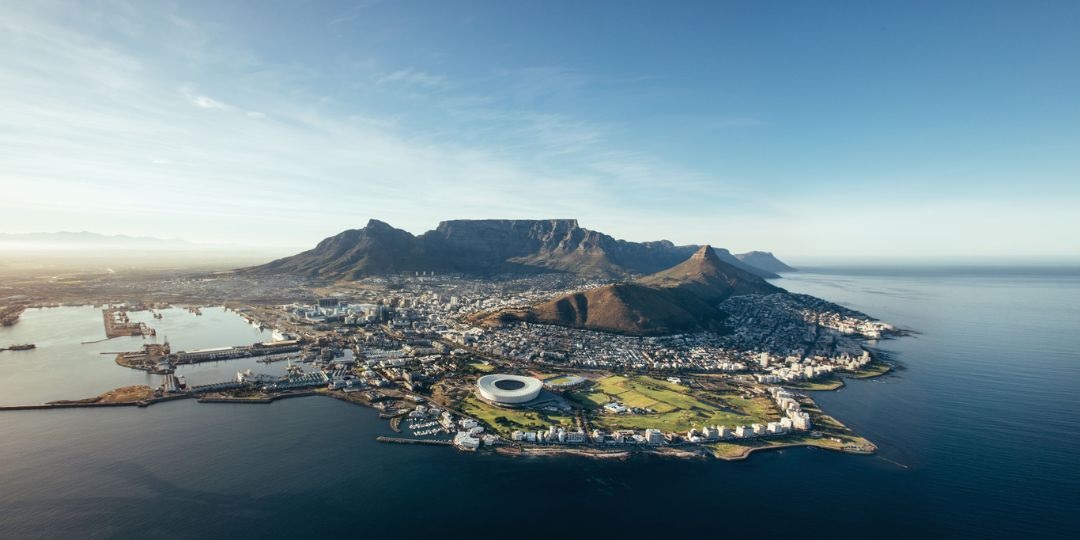




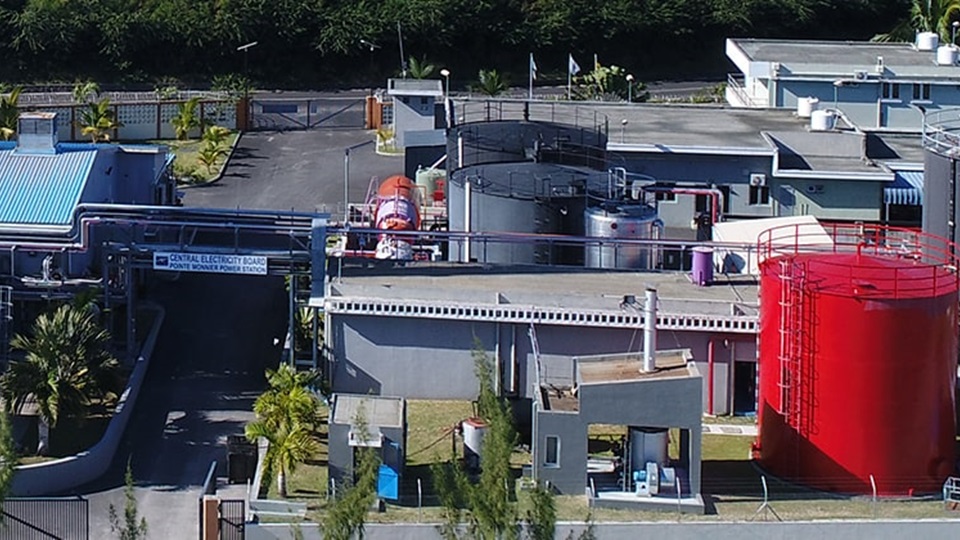

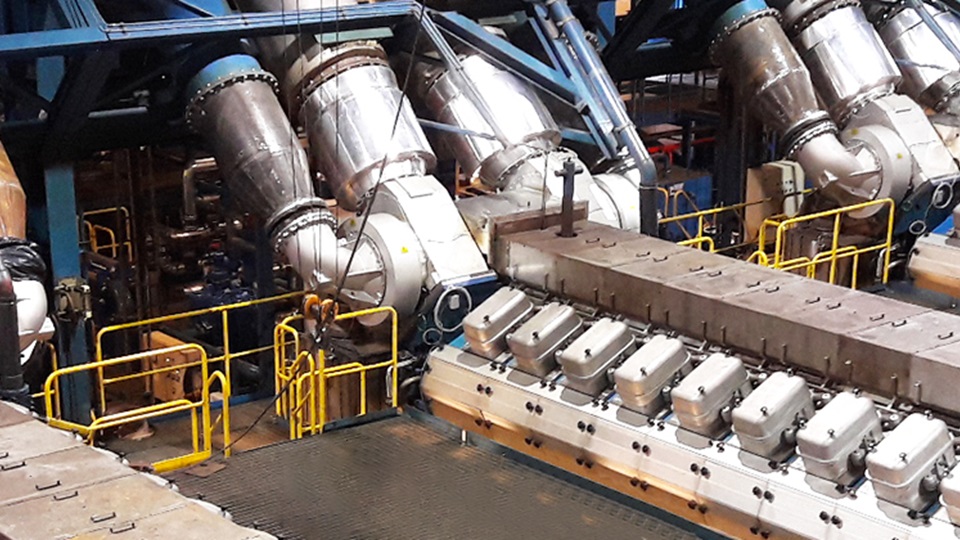
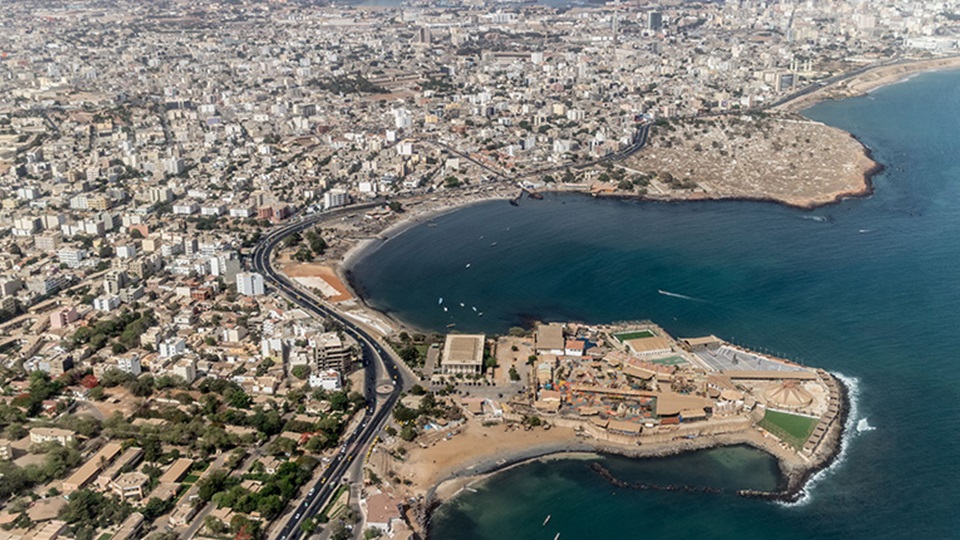
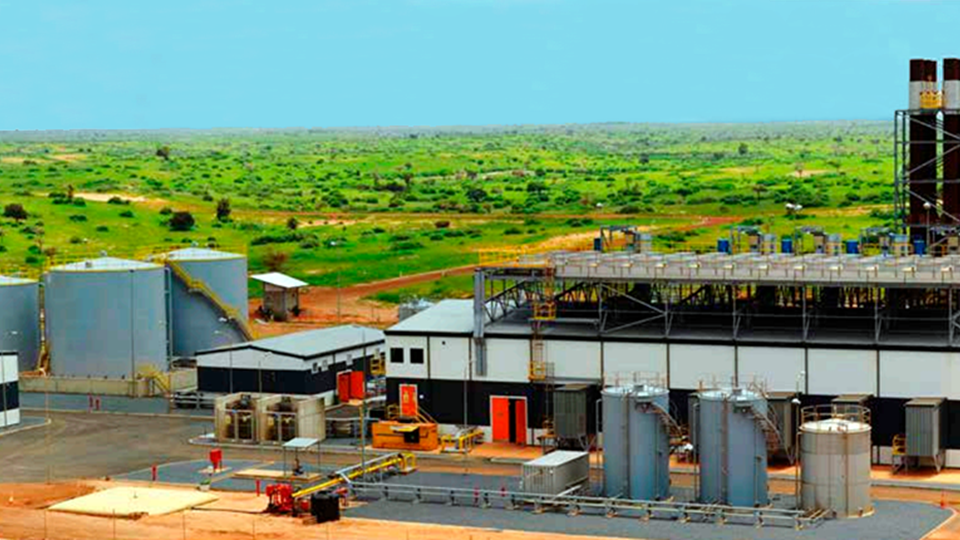
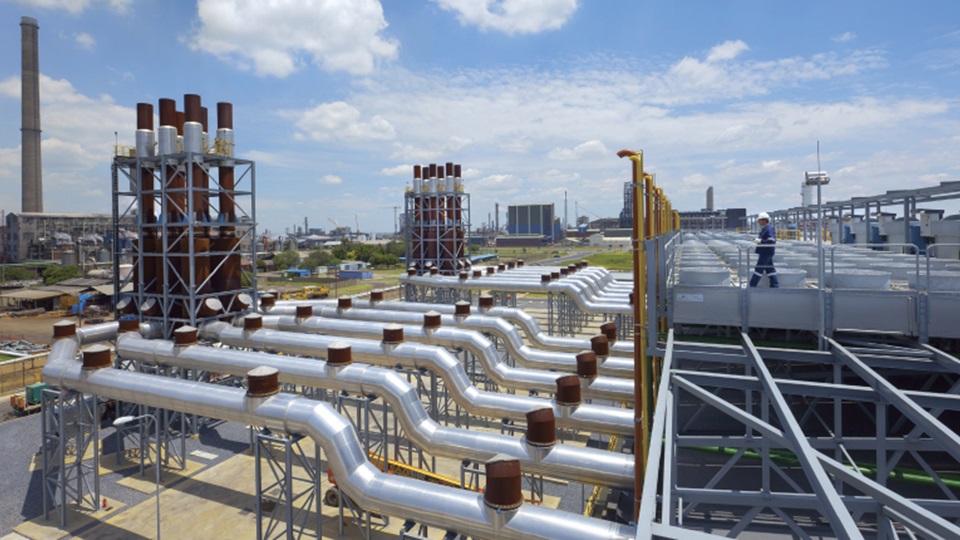

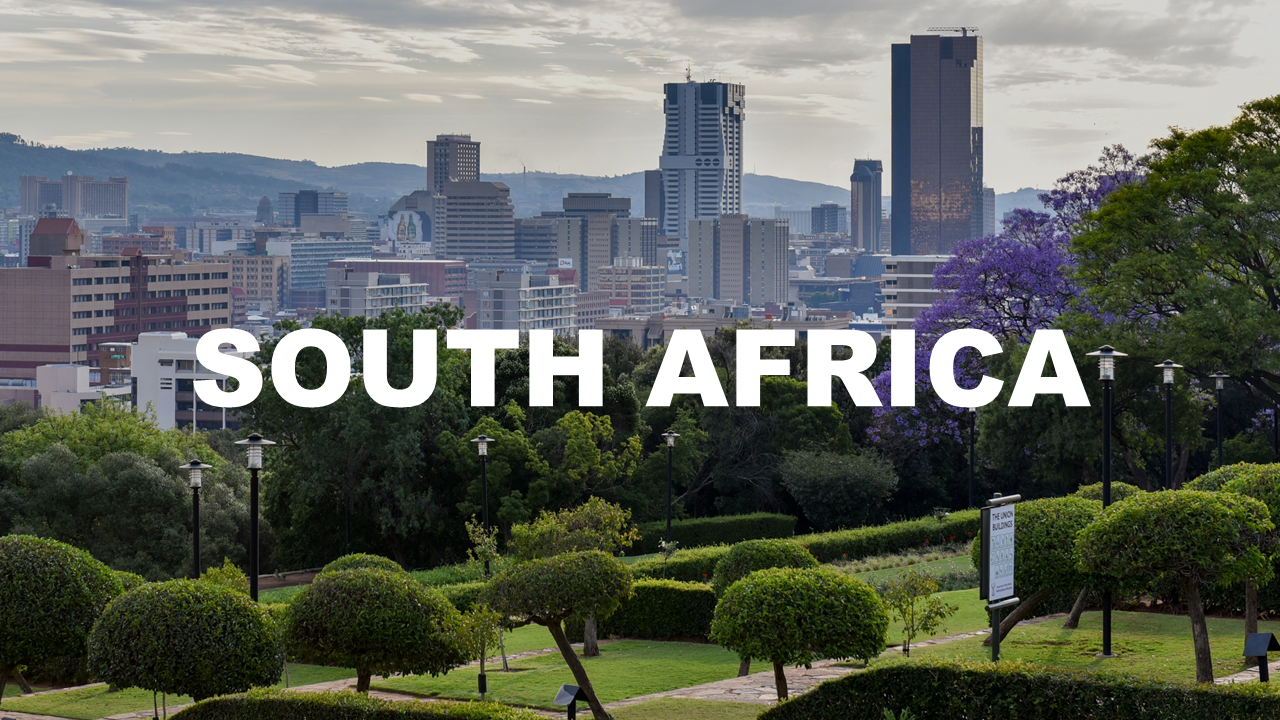
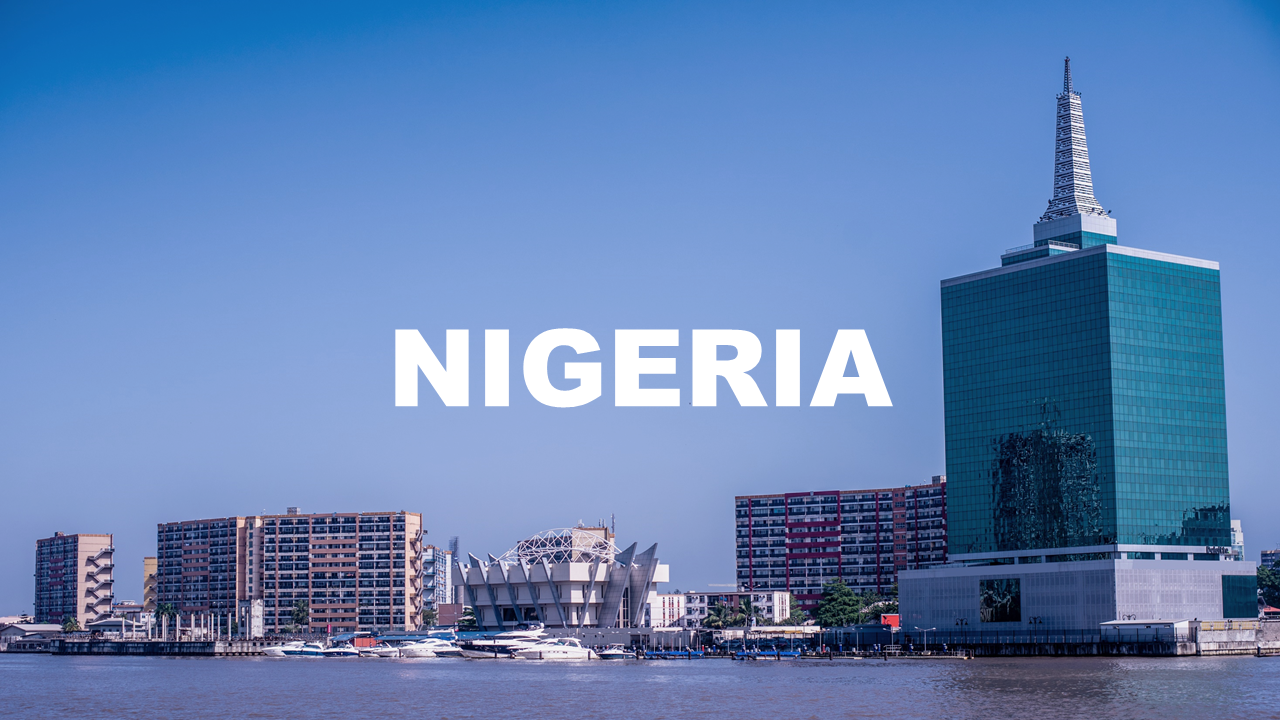
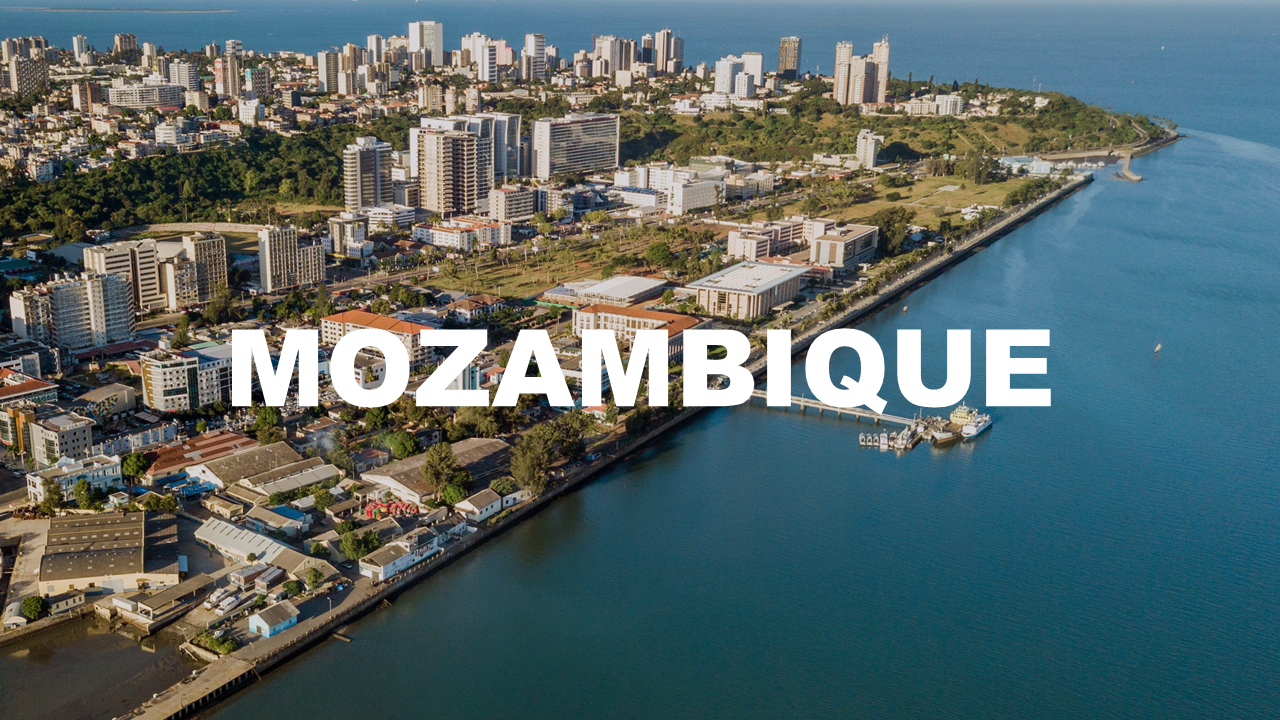
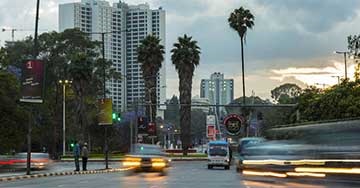


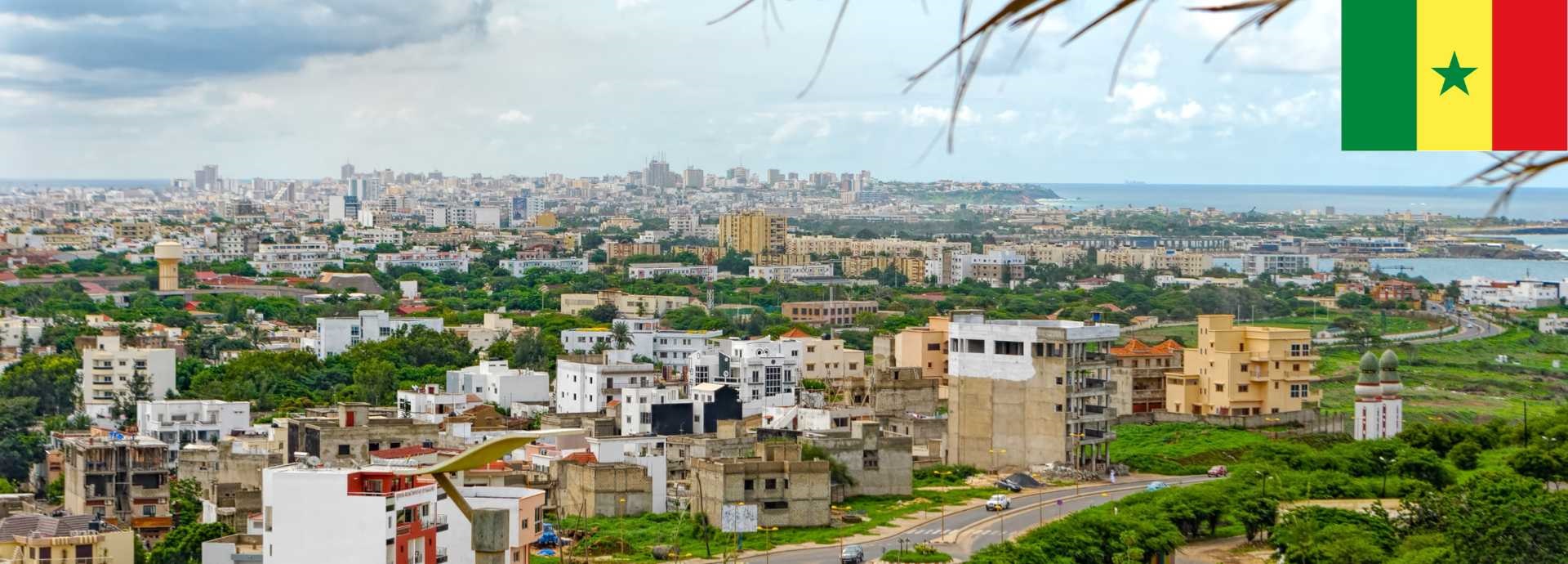

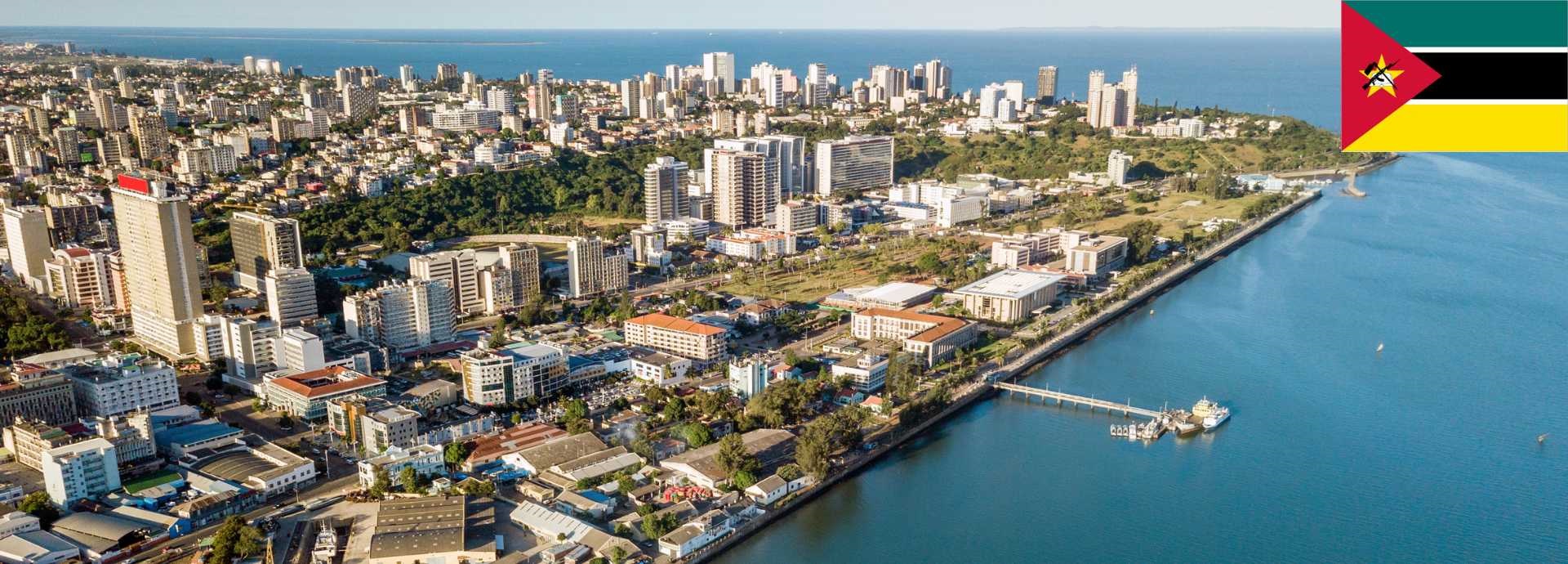

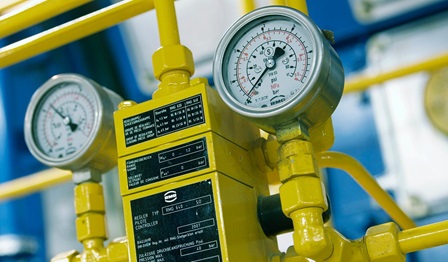


.tmb-448x262.png?Culture=en&sfvrsn=7d8ce645_2)